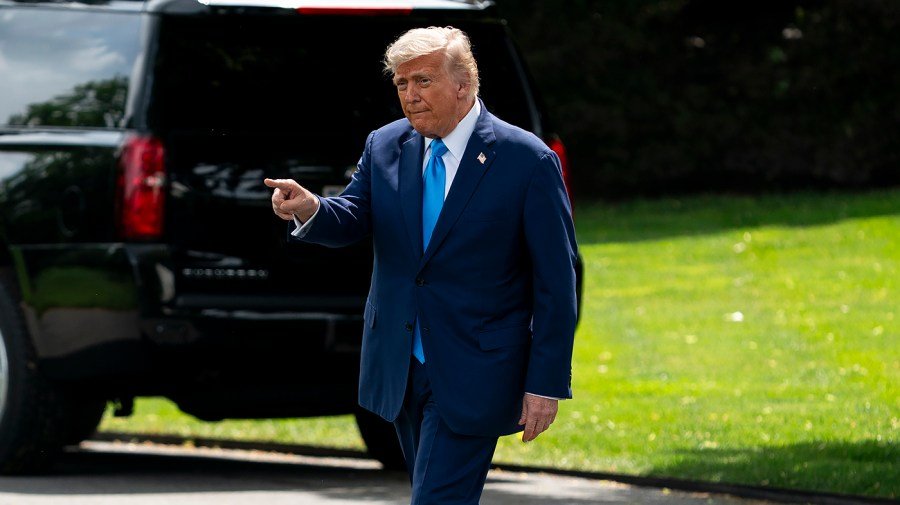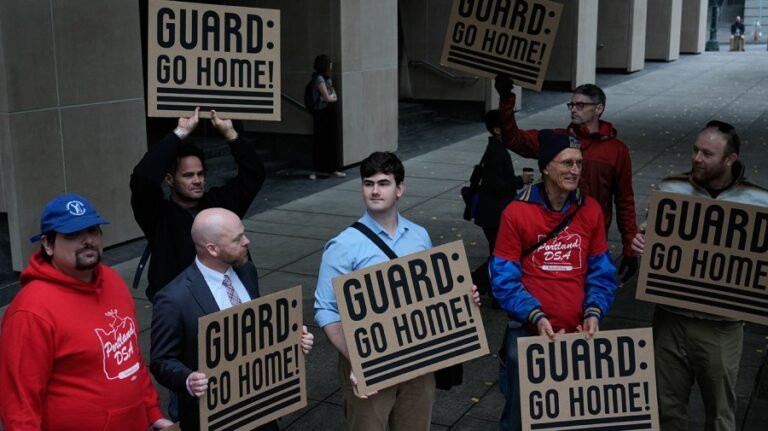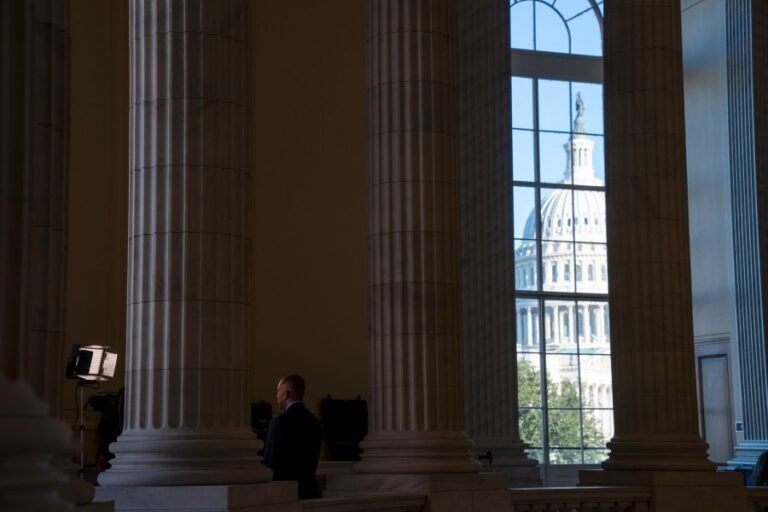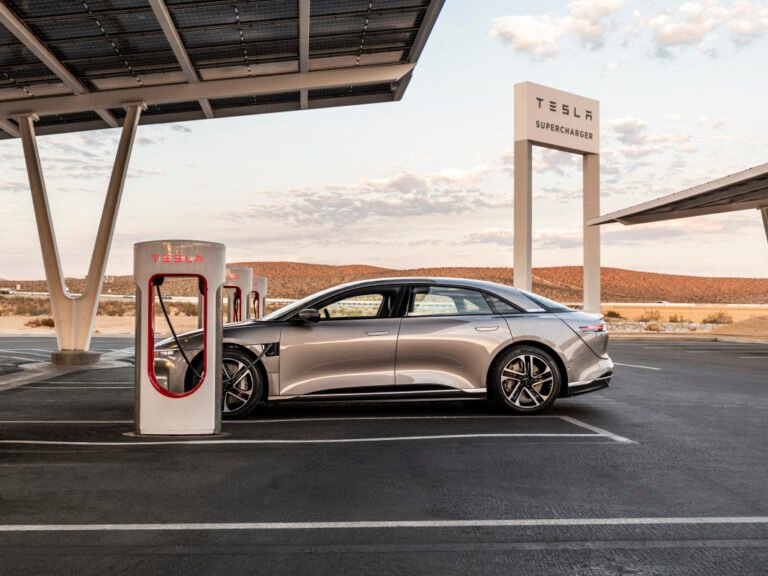
The Trump administration is expected to send out the first batch of letters announcing new tariffs on countries at midday Monday, after delaying a self-imposed deadline to make deals with dozens of trading partners.
The letters could also include the announcements of trade deals, though details on exactly what the administration will do have been closely guarded.
The letters will come just ahead of the July 9 deadline Trump initially set for countries to avoid higher tariffs, though the administration has signaled it is pushing back the deadline to Aug. 1.
The Trump White House is enjoying a strong economy, and securities markets have regained all of their losses and more since an initial burst of tariffs.
Whether the new trade regime changes this will be a big question in the weeks ahead.
Trump said Sunday he’s going to send out “tariff letters” starting at noon Monday, and that they would target between 12 and 15 countries. Treasury Department Secretary Scott Bessent had previously singled out a group of “key 18” countries that the U.S. is focusing on with the trade deals.
After imposing new tariffs on dozens of individual countries on April 2, which caused both stock and U.S. bond markets to tank, the White House paused the order for 90 days.
Those 90 days are up on Wednesday, allowing the tariffs to come back into effect.
But Commerce Secretary Howard Lutnick and Bessent both pushed the deadline back to Aug. 1 over the weekend.
“They go into effect on August 1st. [The] president is setting the rates and the deals,” Lutnick said.
Bessent said Sunday that tariff rates would “boomerang back” to their April 2 levels on Aug. 1.
Trump, speaking alongside Lutnick, stood by the April 2 tariff rates as what U.S. rates will revert to without additional action.
“There are going to be tariffs — the tariffs. The tariffs are going to be the tariffs,” he said.
The April 2 import taxes used a novel calculation based on U.S. trade deficits and included a 20 percent rate on the European Union, a 46 percent rate on Vietnam and a 29 percent rate on Pakistan, among many others.
“This is effectively a punt,” Stephen Myrow, managing partner of Beacon Policy advisers, told The Hill. “Up to last week, the assumption had been, despite all the rhetoric, that they would basically indefinitely for most [countries] continue the 10 percent rate, with maybe a couple of outliers being at higher rates to maintain a credible threat.”
Following a weekend summit of the BRICS — a rival economic coalition for the Western-led Organisation for Economic Cooperation and Development (OECD) — Trump threatened an additional 10 percent tariff on countries that align with the group on top of the 10 percent general tariff the U.S. has already levied.
“Any country aligning themselves with the anti-American policies of BRICS will be charged an additional 10-percent tariff. There will be no exceptions to this policy,” he wrote on social media.
BRICS put out a statement critical of tariffs over the weekend, though it did not single out the U.S. or the Trump administration by name.
“We voice serious concerns about the rise of unilateral tariff and non-tariff measures which distort trade and are inconsistent with WTO rules,” the group of countries said.
The White House has announced two trade deals so far, one with the U.K. and another with Vietnam.
The U.K. deal spanned the automotive, aerospace, and steel and aluminum sectors. It got a mixed reaction from U.S. industry.
The Aerospace Industries Association welcomed the accord, saying it would “lower trade barriers” for commercial aircraft, jet engines, and their component parts.
The three major U.S. automakers of Ford, GM and Stellantis blasted the deal, saying the administration prioritized the U.K. ahead of Canada and Mexico, with which the U.S. auto industry has highly integrated supply chains.
“This hurts American automakers, suppliers, and auto workers,” they said in a statement.
The Vietnam deal capped the U.S. tariff level at 20 percent following the 46 percent rate announced on April 2, according to President Trump. Vietnam has not commented publicly on the terms of the deal that was reached, and the specific legal language has not been released.
It also levied 40 percent tariffs on goods shipped through Vietnam, a provision that would adversely affect Chinese companies that use Vietnam as a through-point for many of its products.
Following U.S. “friendshoring” initiatives prompted by the pandemic, both Vietnam and Mexico saw an increased volume of Chinese goods passing through their ports, studies have shown.
White House economic adviser Peter Navarro, a longtime advocate of tariffs, said he was “happy” with the administration’s progress on the two trade deals announced so far, despite aspiring in April to achieving 90 deals in 90 days.
“Every country that we’ve run a major deficit with is fully engaged,” he said in an interview with CNBC.
Analysts say that securities markets may not have priced in the possibility of higher tariffs.
“Are there going to be a handful of countries that end up getting hit with higher tariffs? I don’t think the market had necessarily been anticipating this recently,” Myrow said.
“It’s not so much the punt as it is the rate implied by the supposed Vietnam deal that raised the risk. … Should the market be factoring [this] in?” he added.






